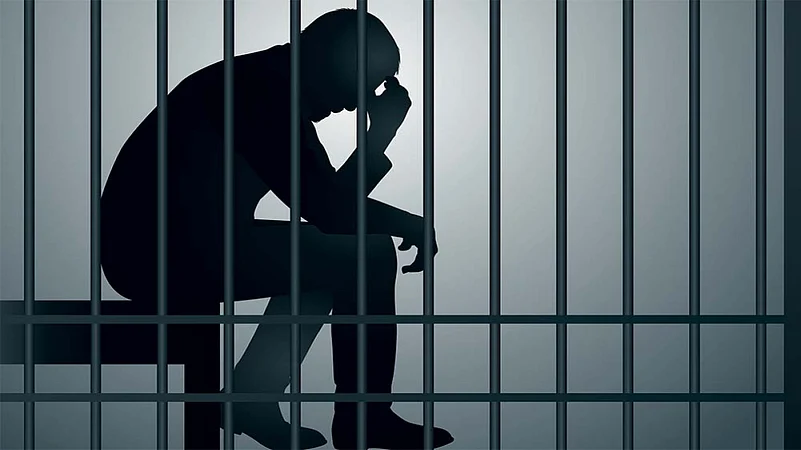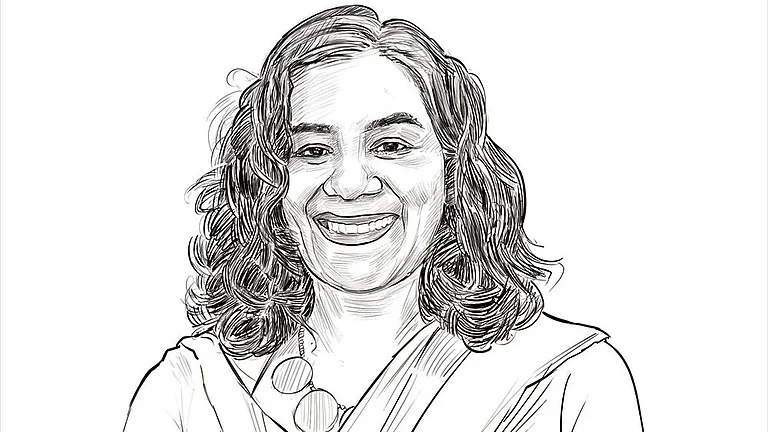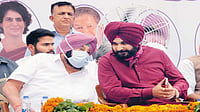“There is no reason why these undertrial prisoners should be allowed to continue to languish in jail, merely because the State is not in a position to try them within a reasonable period of time. It is possible that some of them, on trial, may be acquitted of the offences charged against them and, in that event, they would have spent several years in jail for offences that they are ultimately found not to have committed. What faith would these people have in our system of administration of justice? Would they not carry a sense of frustration and bitterness against a society that keeps them in jail for so many years for offences they did not commit?”
A Supreme Court bench comprising Justices P.N. Bhagwati and D.A. Desai made this observation in 1979 in the landmark Hussainara Khatoon case, while asking the Bihar government to release 40,000-odd undertrials from its prisons. A year earlier, in the Balchand case, the apex court had noted for the first time that “bail, not jail” is the rule. In the Menaka Gandhi case the same year, a five-judge bench held that as Article 21 of the Constitution provides that no person shall be deprived of his life or liberty except in accordance with the procedure established by law, the procedure under which a person may be deprived of his life or liberty “should be reasonable, fair and just”.
ALSO READ: A Broken Rule
Over four decades later, the judges who wrote these definitive chapters in India’s judicial history and established instructive precedents for guaranteeing a citizen’s personal liberty could find themselves accused of harbouring radical thoughts. After all, these are times when a wide range of India’s new ‘public enemies’—social activists, poets, artists, priests, students, scholars, comedians, lawyers and journalists—are being held in prison. On January 28, the Indore bench of the high court of Madhya Pradesh denied bail to stand-up comic Munawar Faruqui, who has been in jail since January 1. It made no difference to the presiding judge that Faruqui hadn’t actually cracked the allegedly offensive jokes about Lord Ram and Sita that hurt religious sentiments and landed him in jail. Police officers probing the case filed against the comedian by the son of a BJP legislator were widely quoted in media reports as saying Faruqui “would have joked” about the Hindu deities if given a chance.
The debate on whether Faruqui cracked those remains unsettled, with the court noting that “the investigation is in progress” and there is “possibility of collection of more incriminating material”. What is settled in law, though, is that an offence of hurting religious sentiments can only be made out if such intention of the accused is proven. What is also settled is that bail can be denied to an accused only if certain criteria are met. “Exceptions to the accepted jurisprudential principle of bail, not jail, are the possibility of the accused fleeing from justice or tampering with evidence and influencing witnesses, or if the accused is charged with a heinous crime and/or is a repeat offender,” says Justice Deepak Gupta, a former Supreme Court judge.
Faruqui, arguably, falls in the category of people who land in jail for “lesser offences” because they belong to a certain community. What enables his incarceration for exercising his fundamental right to freedom of expression guaranteed under Article 19(1) of the Constitution is Article 19(2), which allows the State to impose “reasonable restrictions” on free speech.
There is another category of people languishing in prisons across the country due to the law against sedition and the Unlawful Activities (Prevention) Act (UAPA), which have provisions for non-bailable offences. Trade unionist Sudha Bharadwaj, democratic rights activist Vernon Gonsalves, Dalit scholar Anand Teltumbde, Jesuit priest Stan Swamy and a dozen others (Bhima-Koregaon ‘Maoist conspiracy’ case), Devangana Kalita, Natasha Narwal and many more (Delhi riots case), and Siddique Kappan (held for reporting on the Hathras gangrape case) are just a few names in this fast-growing category. Although they have been arrested in different cases, their prolonged incarceration can be seen as the result of the same ‘crime’. “For the past few years, there has been a growing trend of identifying people whose ideology or identity does not suit those in power,” says advocate Mehmood Pracha, one among several lawyers representing victims and accused in the Delhi riots cases. “The might of the State is then unleashed on them by misusing draconian laws such as the UAPA or Section 124A (sedition) of the Indian Penal Code, which lay out non-bailable offences. Investigating agencies resort to dilatory tactics by way of supplementary chargesheets, which do not prove the offence in court, but present the possibility of unearthing incriminating evidence. The courts buy this line of argument pushed by the prosecution and condone further victimisation of the so-called accused by keeping them in jail.”
But are the courts really handicapped when it comes to upholding the rule of ‘bail, not jail’ in cases of heinous offences marked non-bailable in the statutes? “Today, with indiscriminate and often unnecessary arrests, the courts need to take a more liberal approach towards bail,” says Anas Tanwir, a Supreme Court lawyer and founder of the Indian Civil Liberties Union. “Often in matters that gain media prominence, the judges of lower courts tend to get overcautious and take a ‘safe approach’ towards denial of liberty. This psyche has developed due to interference by high courts and even the Supreme Court where judges granting bail in prominent cases have faced questioning or snide remarks, often putting their promotions in jeopardy. The judges and magistrates at the lower level don’t have the job protection that judges of constitutional courts enjoy. These judges, being the first line of defence, need to be given more independence.”
Justice S.N. Dhingra, a retired high court judge, agrees. “When it is manifestly clear that the charges made out against an accused are trumped up only to victimise or demonise the person, it is the duty of the magistrate or judge presiding over the matter in court to say so firmly, and ensure the liberty and freedom of the wrongfully incarcerated individual. There is nothing that stops a judge from granting bail to an accused when it’s clear that there is no substantial evidence of the crime on record and that the prosecution is simply buying time to find something incriminating,” he says.


























